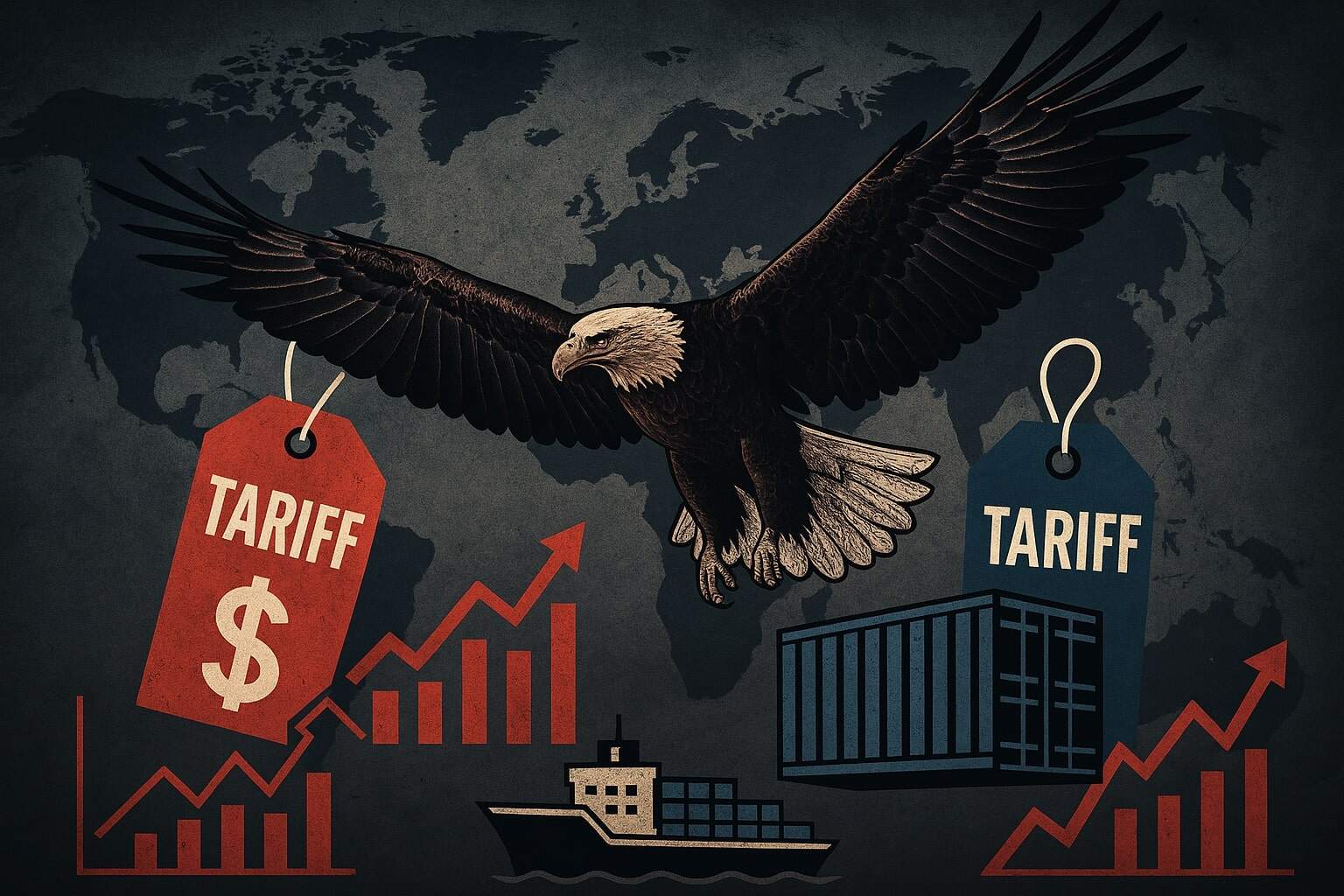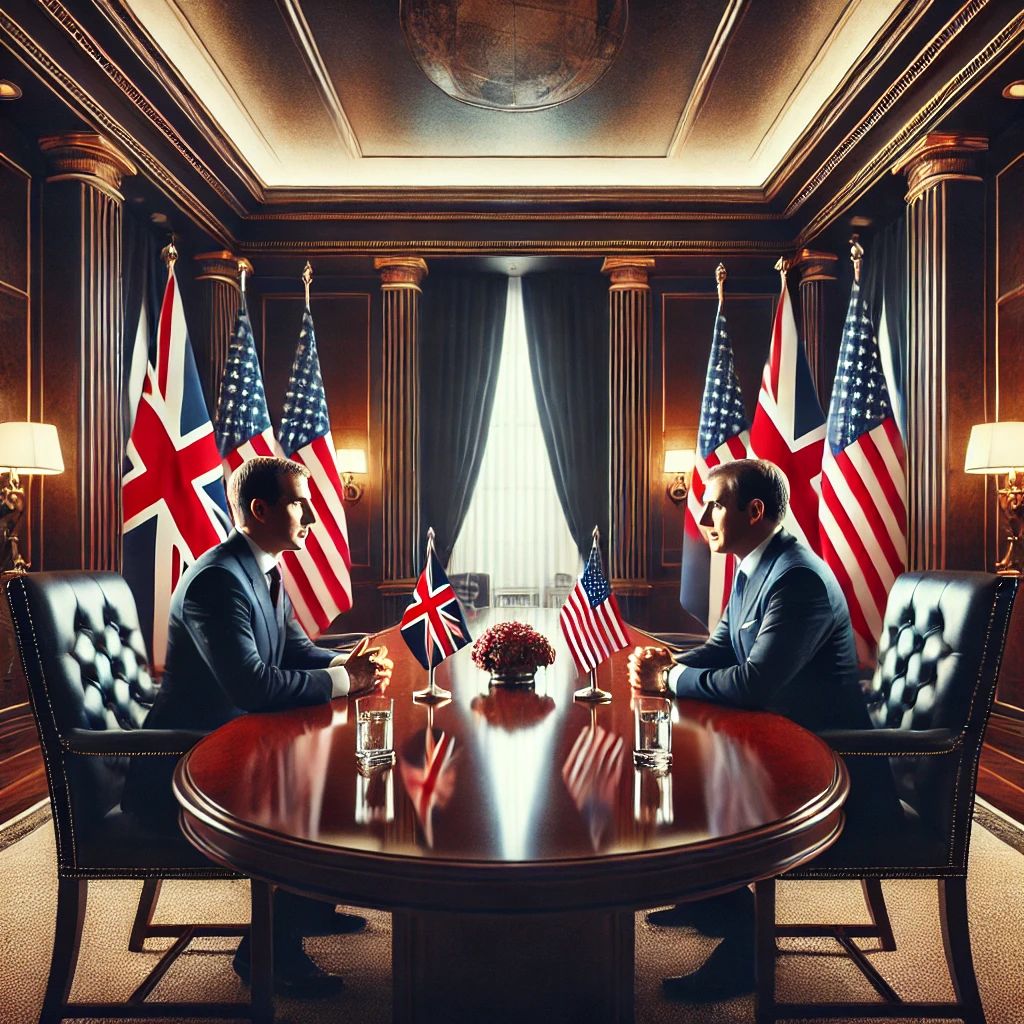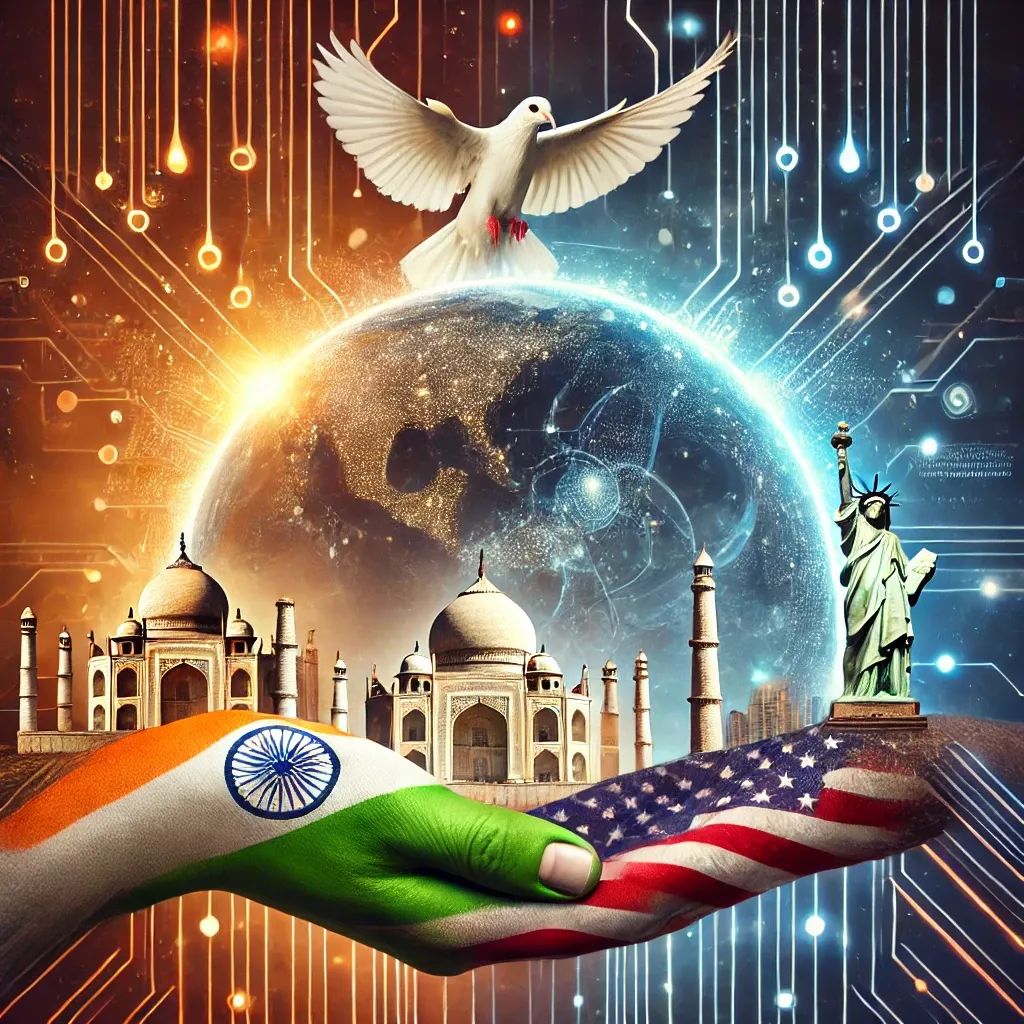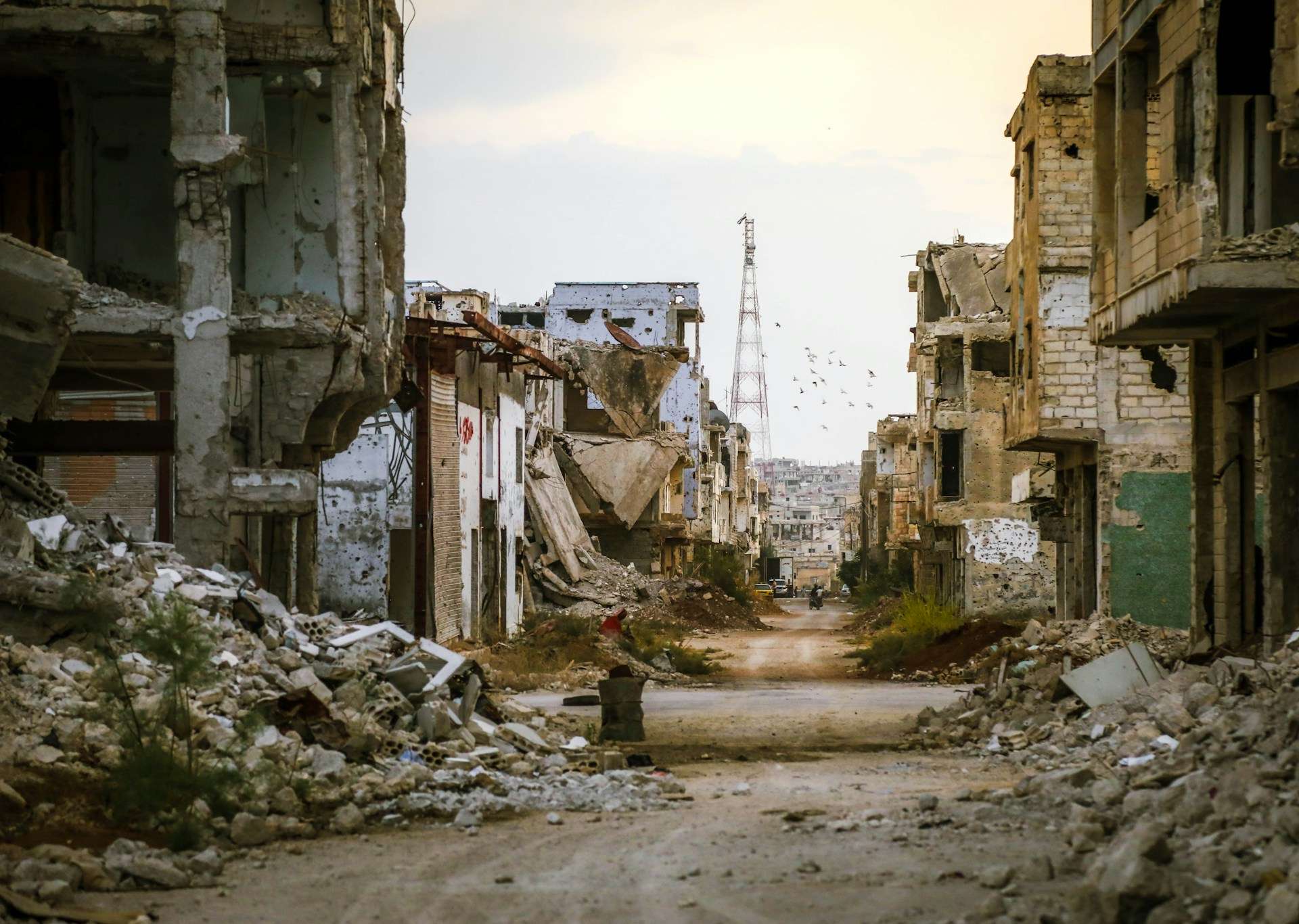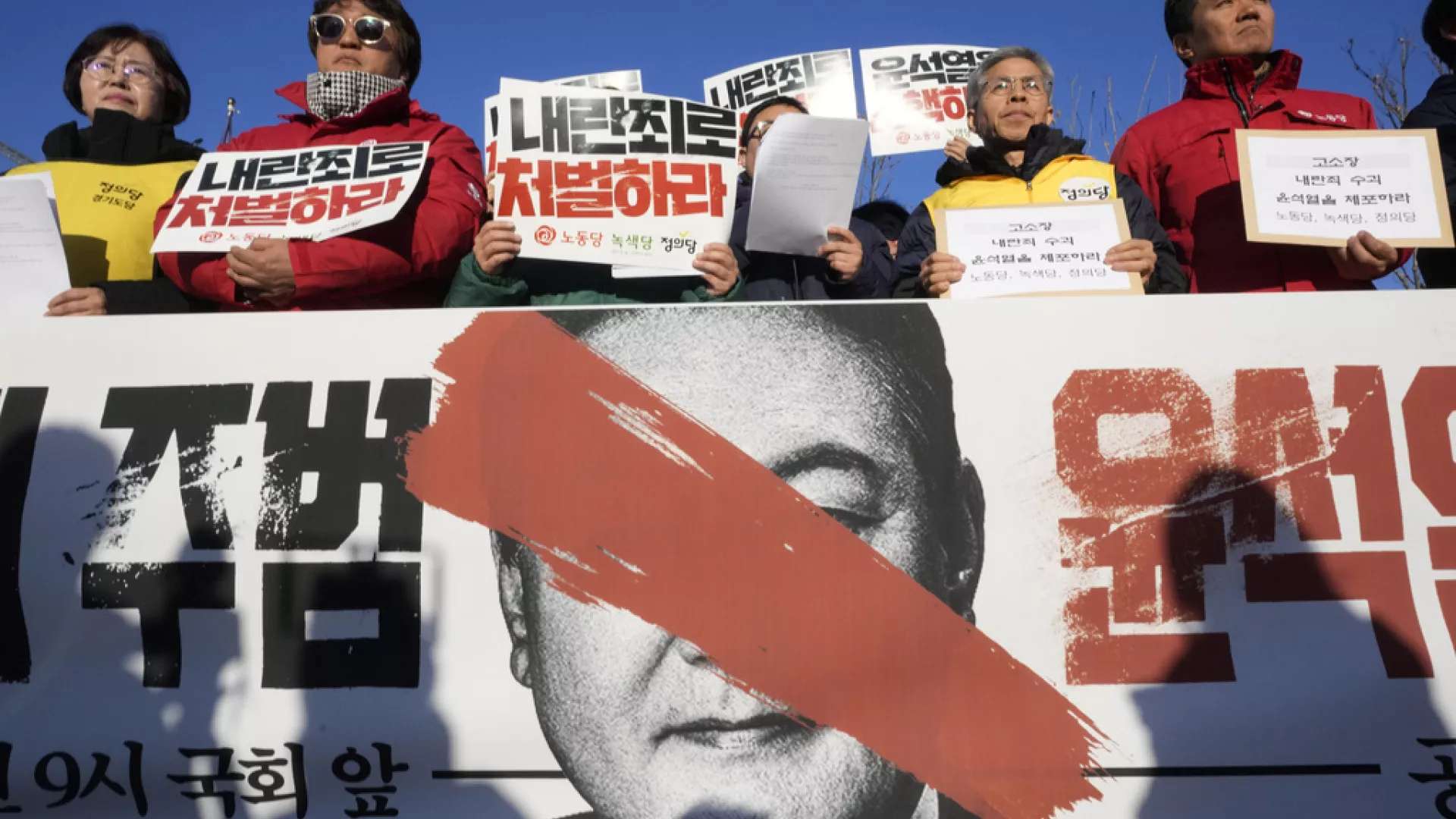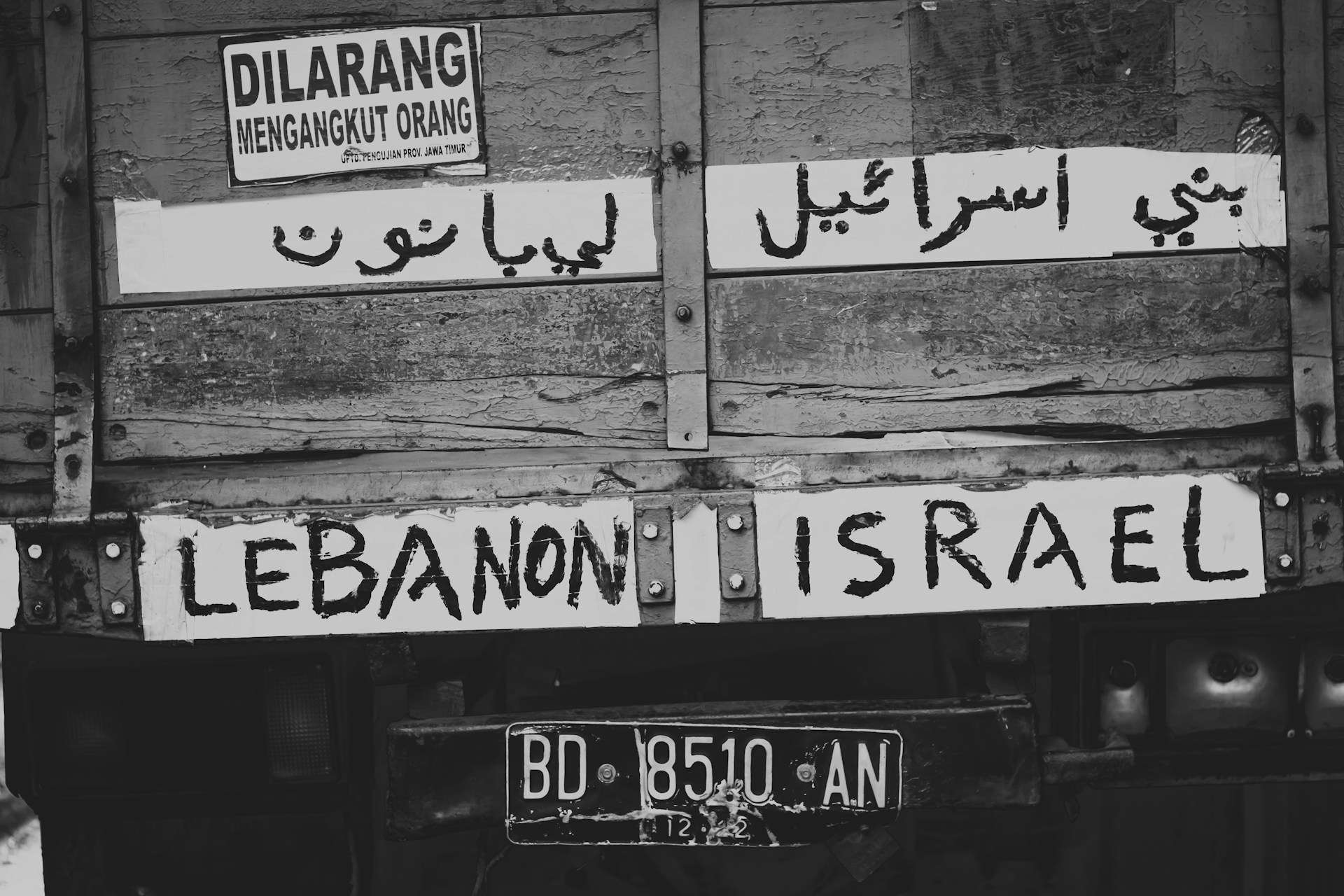Delhi, India’s capital, is battling a severe air quality crisis, with winter skies dominated by smog and AQI levels frequently surpassing hazardous limits. Vehicular emissions, industrial pollution, construction dust, and stubble burning in neighboring states converge with the city’s geography and climate to create an environmental disaster.
The health toll is staggering—residents lose an average of 9.5 years of life expectancy, with respiratory ailments and premature deaths spiking each year. Economically, the crisis costs billions in healthcare expenses and lost productivity, while also tarnishing Delhi’s image as a tourist destination.
While policies like the Graded Response Action Plan and the Odd-Even Scheme offer temporary relief, systemic solutions remain elusive. Promising technologies, such as smog towers and electric vehicles, and sustainable agricultural practices like bio-decomposers are underutilized due to high costs and poor implementation.
Global cities like Beijing and Mexico City offer hope, having tackled similar crises through stricter emissions norms, cleaner energy transitions, and robust public transport. For Delhi, the path forward demands regional cooperation, stricter enforcement of environmental laws, and investment in long-term solutions.
With coordinated action across sectors, Delhi can reclaim its skies, ensuring a healthier and more sustainable future for its residents. The fight against pollution is daunting, but it’s one Delhi cannot afford to lose.
